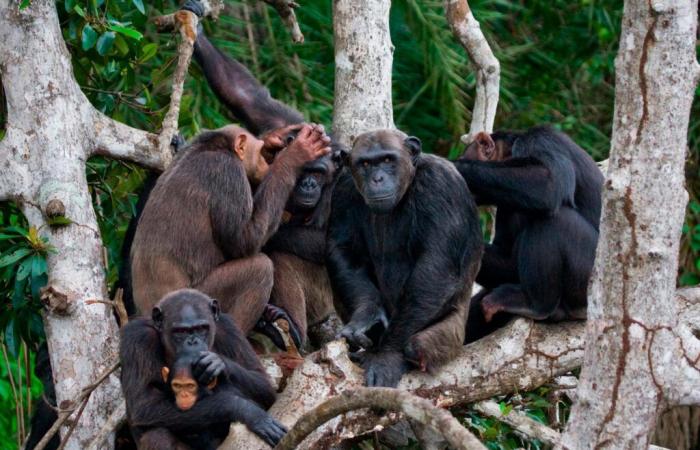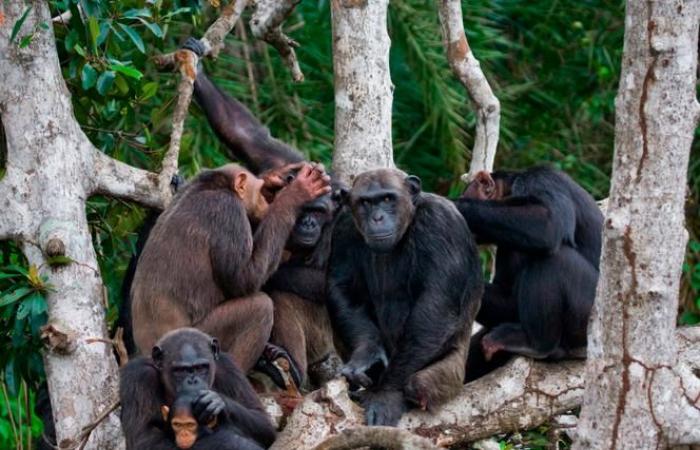“If I have seen further, it is by standing on the shoulders of giants. » Taken from a letter to his rival Robert Hooke (1635-1703), this quote from Isaac Newton (1642-1727) wonderfully illustrates what anthropologists and behavioral biologists call “cumulative culture”. No one invents ex nihilo. Even geniuses are inspired by the first thousand steps of their predecessors. In an article published on November 21 in the journal Sciencea European team has just shown that the same is true for chimpanzees. Those of our non-human cousins who have acquired complex cultures have done so by drawing inspiration from conspecifics from elsewhere who mastered all or part of these social behaviors.
It is important, first of all, to remember that, contrary to what has long been thought, culture, namely the social learning of behavior, is not unique to humans. Since 1953 and the observation of macaques on the island of Koshima, Japan, washing potatoes before eating them, scientists have understood that other primates, monkeys, are also capable of this. Since then, from whales to tits and even flies, culture has invaded the animal kingdom.
Read also | Article reserved for our subscribers Monkeys, whales, birds… Man does not have a monopoly on culture
Read later
There remained therefore the cumulative culture, the social learning of behaviors too elaborate for an individual to discover them entirely alone. Here again, our pedestal has collapsed. Two experimental studies, one on chimpanzees, the other on bumblebees, showed, in March, the importance of a model to accomplish complex tasks. Demonstrations carried out in the laboratory, on a peanut dispenser, for the first, or with levers for accessing sugar water, for the others, which established the skills of these two species. But what was it like in real life?
Overlapping datasets
To try to find out, the team bringing together British, Swiss, German, Austrian and Spanish laboratories set up an original protocol: cross-referencing behavioral and genetic data accumulated over twenty years to try to find clues. The first keep track of the migrations of females in chimpanzee society. When they reach sexual maturity, young monkeys leave their group and migrate to more or less distant lands. The operation helps avoid inbreeding. But also, the researchers wanted to believe, to disseminate cultural behaviors. To study the latter, they focused on the use of tools in the search for food.
You have 54.48% of this article left to read. The rest is reserved for subscribers.







